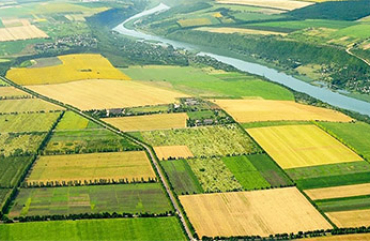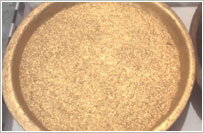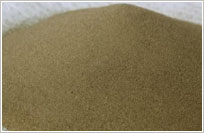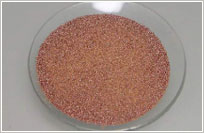Bronze powder
- NON-FERROUS METALS
- General information
- About us
- Rolled BRONZE
- Rolled bronze
- Bronze powder
- Bronze powder BPO
- Bronze powder BOD
- Rolled bronze
- Bronze ribbon BrB2
- Bronze pipes
- Pipe bronze BrAZHN 10-4-4
- Bronze pipes BrAZhMts 10-3-1,5
- Bronze foil
- Bronze rods
- Bronze circles BrAMts 9-2
- Bronze Circle BrAZhMts10-3-1,5
- Bronze Circle Braze 9-4
- Bronze wire rods BrOTsS 5-5-5
- Bronze bars BrOF10-1
- Bronze rodBraZH 10-3
- Bronze sheets
- Bronze sheet BrH1
- Bronze sheet BrH1Tsr
- Bronze sheet BrH0,8Sh
- Bronze sheet BrH0,8T
- Bronze plate BrB
- Bronze strip BrB2
- Bronze wire BrAZh10-1,5
- Hexagonal bronze BRaZH 9-4
- Aluminum bronze ingots
- Aluminum bronze ingots
- Bronze BrAZH 9-4
- Bronze BrAZhMts 10-3-1,5
- Beryllium bronze BrB2
- Bronze BrAMts 9-2
- BROF Bronze 7-0,2
- Bronze BrOF10-1
- Bronze for monuments
- Silicon bronze
- Tin bronze OCS
- Bronze BrOTsS 5-5-5
- Bronze castings
- Chromium bronze BrH
Bronze powder
The bronze powder is dispersed fine chemical powder particles petal-shaped or scaly, red / pink / red copper / gold colors (colors that are typical of bronze), which has three components: bronze, brass and copper.
The production method. Thin joint stepwise grinding brass, bronze and copper (or zinc alloy), with the addition of lubricants: stearic acid or paraffin, and excluding caking powder particle oxidation and subsequent polishing.
Scope. Actively used in various fields of the chemical industry, for example, in the printing, pencil. Also used: as an agent for protecting the surface of objects from the destructive action of environmental factors; as a decorative finish - for the production of oil and varnish paints.
Application - mixing the powder with binders immediately before use in a ratio of 1: 4 (6). The function of the binder used linseed oil, oil paints, nitrovarnishes. The paint is applied to the surface of a rigid object with a brush or spray. Another way - paintable object is dipped into the paint. The paint is thoroughly pounded.
Typology. Depending on the elemental composition and the destination is issued several kinds of brands.
1. Powder BPK. It is used for decorative work (painting different types of surfaces: wood, metal, etc.).
2. Powder brand BPO. It is used for offset printing.
3. Powder brand BPP. It is used in the printing industry.
4. Powder BPI brand. Used for the manufacture of tools.
Health hazard. Contact with metal powder to the respiratory channels cause allergies, swelling, spasms.
Precautionary measures. During the work on the painting and after their completion, ventilate the room. It is also recommended to use rubber gloves to protect your hands. Keep better in a dry place, protected from moisture. Powder scatters easily with air currents, so you need to watch out for drafts. Keep away from fire.
|
|
|
|
|
|
|
|
|
|
|
|
|
|
|
|
|
|















